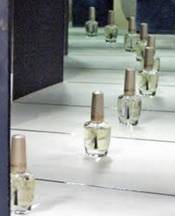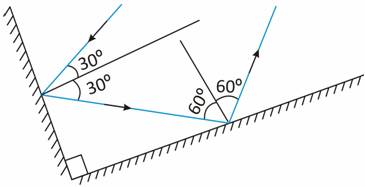Light Worksheet-3
(a) Polished wooden table
(b) Chalk powder
(c) Card board surface
(d) Marble floor with water spread over it.
(e) Mirror
(f) Piece of paper
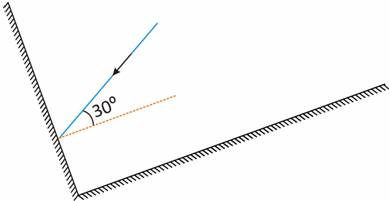
Answer:

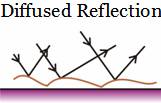
1. It takes place on smooth and shiny surfaces. 1. It takes places on rough surface.
2. In this case all rays are parallel after reflection. 2. Reflected are in different direction.
Diffused reflection is not due to the failure of the laws of reflection. It is caused by the irregularities in the reflecting surface.
(b) Diffused reflection because its surface is uneven.
(c) Minute irregularities on it, so it will have a irregular reflection.
(d) A regular reflection as it will act like a plane surface.
(e) Mirror has a regular reflection. It surface is also shiny and has smooth surface.
(f) Irregular of diffused reflection because it has uneven surface.
(i) Angle of incidence is always equal to the angle of reflection.
i.e. ∠i = ∠r
(ii) The incident ray, the normal at the point of incidence and the reflected ray all lie in the same plane.
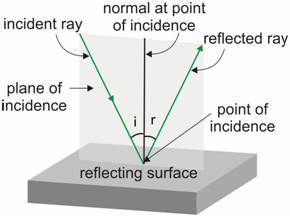
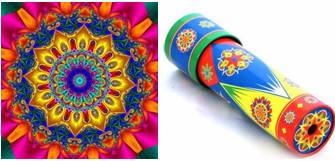
Kaleidoscope is made up of three rectangular mirror strips each about 15 cm long and 4 cm wide. They are Joined together to form a prism. Then they are fixed in circular cardboard tube. The tube should be slightly longer than the mirror strips. Then one end of the tube is closed by a cardboard disc having a hole in the centre. To make the disc durable, a piece of transparent plastic sheet is pasted under the cardboard disc. At the other end, touching the mirrors, a circular plane glass plate is fixed.
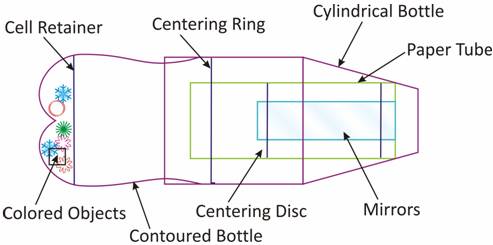
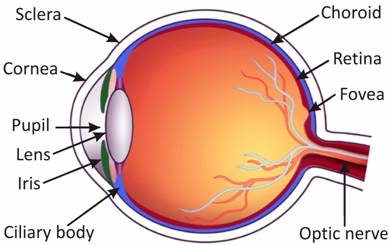
(i) Do not read keeping the books too closer to eyes.
(ii) Wash our eyes with cold water at least three times a day.
(iii) Do not look at the sun or powerful light directly.
(v) Do not rub our eyes with dirty hand.
Do not put sharp things into eyes.
